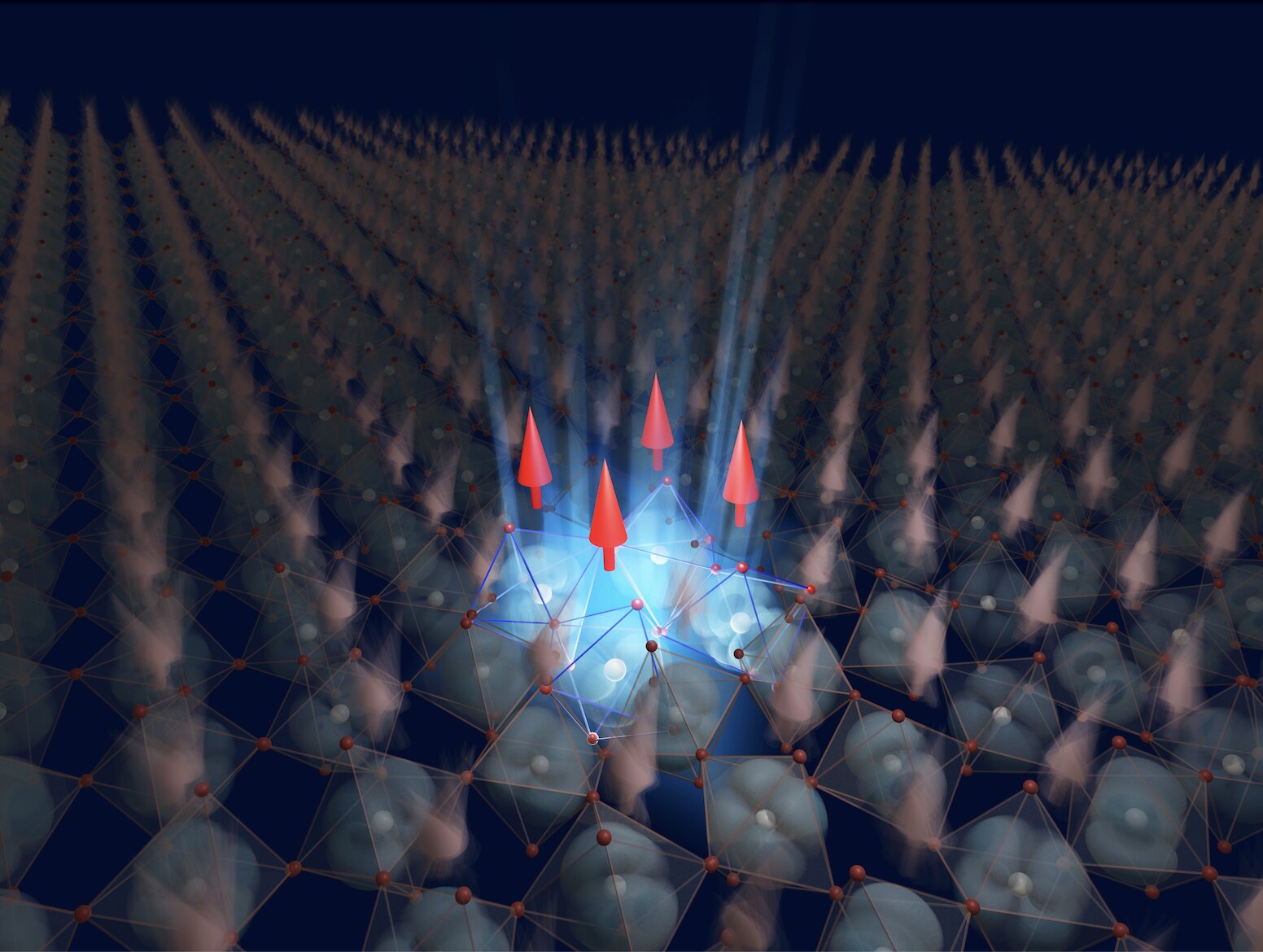Researchers from Germany and the United States have discovered that terahertz (THz) light pulses can be used to stabilize ferromagnetism in a crystal at temperatures more than three times its usual transition temperature. This breakthrough could revolutionize processing speeds and efficiency.
Details of the Study
The team used pulses that were hundreds of femtoseconds long, or a millionth of a billionth of a second, to induce a ferromagnetic state in the rare-earth titanate YTiO3, which persisted for many nanoseconds after the light exposure. Below the equilibrium transition temperature, the laser pulses still strengthened the existing magnetic state, increasing the magnetization up to its theoretical limit.
YTiO3 is a transition metal oxide that becomes ferromagnetic only at temperatures below 27 K or -246°C. At these low temperatures, the spins of the electrons on the Ti atoms align in a particular direction, resulting in a macroscopic magnetization.
Using a powerful THz light source developed at the Max Planck Institute for the Structure and Dynamics of Matter (MPSD) in Hamburg, Germany, the team managed to achieve ferromagnetism in YTiO3 up to nearly 100 K or ≅193°C, far above its normal transition temperature. The light-induced state also persisted for many nanoseconds. The intense light pulse “shook” the material’s atoms in a coordinated way, allowing the electrons to align their spins.
Implications of the Study
Today’s computers rely primarily on the flow of electrical charge to process information, while digital memory storage devices use magnetic bits that must be switched by external magnetic fields. Both of these aspects limit the speed and energy efficiency of current computing systems. Using light instead to optically switch memory and computing devices could revolutionize processing speeds and efficiency.
This study is an important stepping stone towards the optical control of magnetic components. “This work does not only demonstrate the switching of magnetism on and off on demand, it also gives us a foretaste of what could be done to store and process information at ultra-high speeds,” explains Andrea Cavalleri, Director of the MPSD’s Condensed Matter Dynamics Department.
Apart from deepening scientists’ understanding of intense and ultrafast light-matter interactions, these results are a significant development in the field of optical control of magnetic components. The researchers’ work demonstrates the ability to create order in disordered, fluctuating phases of matter. Scientists have been trying to control these processes for a long time, and this breakthrough brings us one step closer to that goal.
The THz source used in these experiments delivers intense pulses and is capable of exciting a very narrow frequency region in the material, making it an extremely precise tool. It has already been deployed in several other MPSD-led studies on light-enhanced superconductivity and magnetism. However, this work revealed for the first time that qualitatively different effects can be produced by exciting a range of lattice vibrations.



Leave a Reply